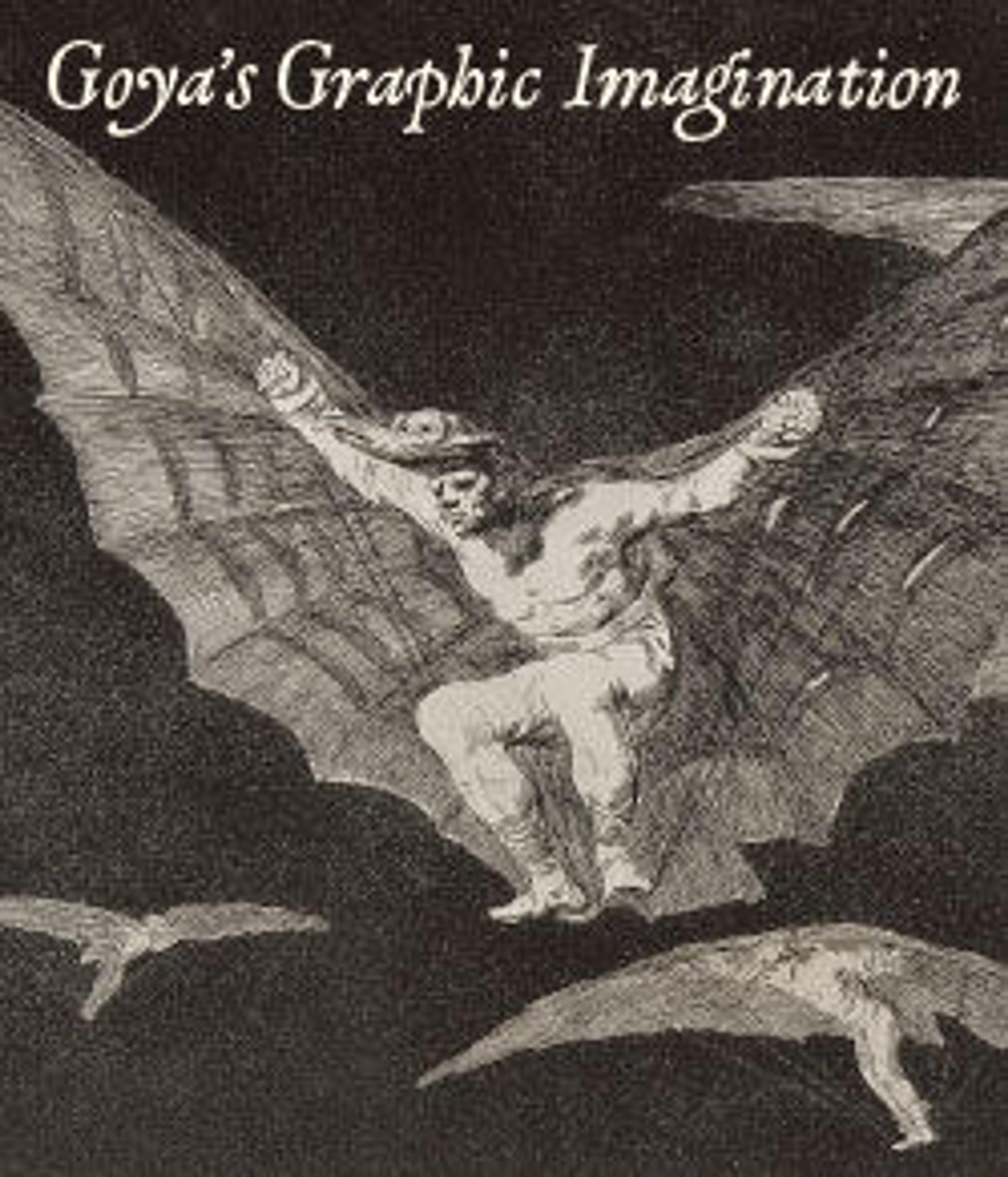A False Bacchus Crowning Drunkards
Rendering Velázquez’s complex composition in etching presented Goya with a considerable challenge. His determination to analyze and understand the painting—its interlocking forms and varied expressions—is evident in his preparatory drawing. Notwithstanding Goya’s careful observation, both the drawing and the print depart from the model. In the print, the figures are distinctly rougher and more brazen. Velázquez’s Bacchus is a fleshy, distracted youth, shown crowning a figure who kneels before him. Goya rendered the god as more mature and shrewd, in league with those around him, whose inebriation is also more pronounced. These modifications appear intentional; Goya may have felt empowered to submit his own reading, just as Velázquez did by surrounding his classical god with figures that were recognizably of the seventeenth century.
Artwork Details
- Title:A False Bacchus Crowning Drunkards
- Artist:Goya (Francisco de Goya y Lucientes) (Spanish, Fuendetodos 1746–1828 Bordeaux)
- Artist:After Velázquez (Diego Rodríguez de Silva y Velázquez) (Spanish, Seville 1599–1660 Madrid)
- Date:1778
- Medium:Etching
- Dimensions:Plate: 12 5/8 × 17 1/8 in. (32 × 43.5 cm)
Sheet: 14 1/8 × 20 1/2 in. (35.8 × 52 cm) - Classification:Prints
- Credit Line:Harris Brisbane Dick Fund, 1924
- Object Number:24.97.1
- Curatorial Department: Drawings and Prints
More Artwork
Research Resources
The Met provides unparalleled resources for research and welcomes an international community of students and scholars. The Met's Open Access API is where creators and researchers can connect to the The Met collection. Open Access data and public domain images are available for unrestricted commercial and noncommercial use without permission or fee.
To request images under copyright and other restrictions, please use this Image Request form.
Feedback
We continue to research and examine historical and cultural context for objects in The Met collection. If you have comments or questions about this object record, please contact us using the form below. The Museum looks forward to receiving your comments.
